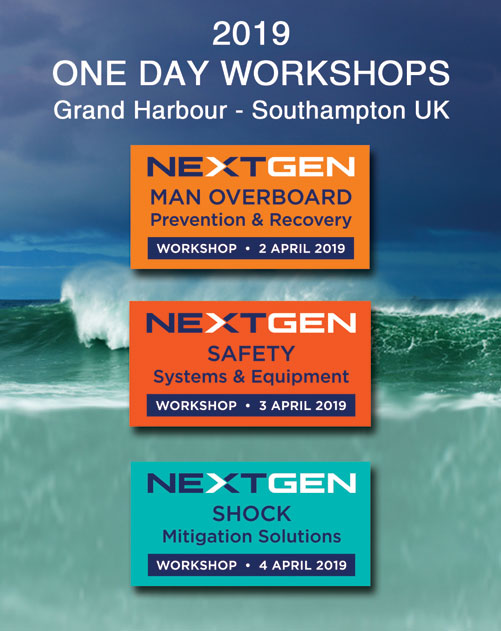Specialist Craft
SOLAS & Rescue Craft
Fast Rescue Boats (FRB) can be designed and built to SOLAS (Safety Of Life At Sea) requirements. These craft need to conform fully with international regulations.
USCG approved SOLAS rescue boats are primarily evaluated to the standards of the International Maritime Organizations (IMO) resolution entitled: International Life-Saving Appliance (LSA) Code - as referenced by the Safety at Life at Sea Convention.
Extreme Low Water Craft
Extreme low water craft are usually strong construction, fast performance, aluminium hulled craft that are either powered by jet units or of air boat design.
Extreme low water craft utilise speed, manoeuvrability and survivability for a variety of applications including military, law enforcement Search & Rescue operations.
Personal Water Craft PWC
Personal Water Craft (PWC) or small waterjet powered craft that are easy to transport, launch and recover. PWC have numerous commercial and military roles.
Maritime organisations use Personal Water Craft (PWC) for patrolling and rapid response. Rescue Water Craft (RWC) are able to operate in extreme situations.
Unmanned Surface Craft
Unmanned Surface Craft (USC) are developed to conduct a wide array of missions in various marine environments. The objective is to take the operator out of harms way.
Unmanned Surface Vessel (USV) missions can be operated remotely. Tasks include harbour protection, anti submarine, mine defence, surveillance and reconnaissance.
Unmanned surface vessel (USV) can utilise onboard sensors to modify the progress of the vessel according to changing external circumstances such as collision avoidance.
Hovercraft
Hovercraft or air cushion craft are used as specialised commercial and military transport. A hovercraft can transport high loads of personnel or equipment at speed.
Supported by a cushion of air, hovercraft are unique in their ability to travel equally over land, ice and water at constant speeds with seamless transition between surfaces.
Wing In Ground (WIG) Effect Craft
A Ground Effect Vehicle (GEV) attains level flight by a cushion of high pressure air created by the aerodynamic interaction between the wings and surface of the Earth.
Wing In Ground effect craft (WIGs), also known as Wing In Surface Effect (WISE), are hybrid air cushion craft offering speed, fuel efficiency and smooth ride. The surface-skimming capability of WIGs allows them to pass over mud flats, sand bars, ice and shallows. WIG can be seen as a transition between a hovercraft and an aircraft.
Amphibious Craft
Amphibious craft have the ability to operate on water or on land. Advantages of amphibious craft include rapid deployment and retrieval from land to water plus transition of the littoral zone. Amphibious capability can be added to existing marine craft hulls or to existing land vehicle chassis.
Typical designs incorporate a planing hull form on water with wheels or tracks that enable the craft to move across land, including the ability to operate on gradients and uneven surfaces particularly when entering or leaving the water. PWC / quad bike size vehices have potential for high mobility in search & rescue or para-military operations.

05.04.2024
Hydro Motion - H2 from NL to England in 2024
The TU Delft Hydro Motion Team wants to cross to…
05.01.2024
The Challenges of Unpredictable Marine Energy
From military to superyacht, it is clear there is an urgent…
Speed@Seawork 2024
Dates:
10th June 2024
Location:
Cowes, Isle Of Wight,
Foiling and Flying RIBs
Foiling powerboat designed to meet military needs - fast, stable, silent, fuel-saving. Collaboration by SEAir Foiling Systems and Sillinger RIBs.…








